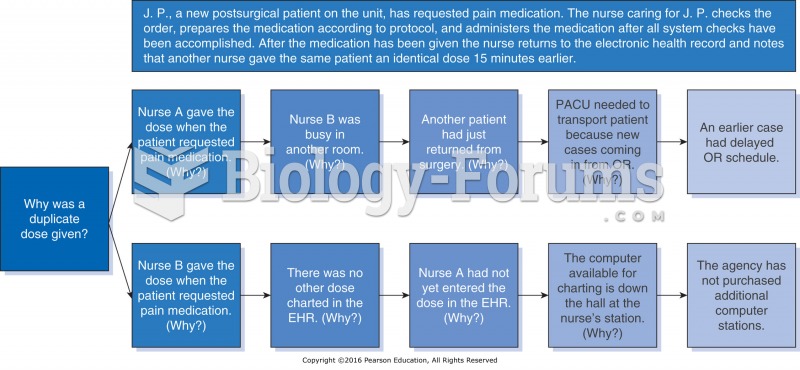|
|
|
Did you know?
The longest a person has survived after a heart transplant is 24 years.
Did you know?
The U.S. Preventive Services Task Force recommends that all women age 65 years of age or older should be screened with bone densitometry.
Did you know?
Disorders that may affect pharmacodynamics include genetic mutations, malnutrition, thyrotoxicosis, myasthenia gravis, Parkinson's disease, and certain forms of insulin-resistant diabetes mellitus.
Did you know?
In 1864, the first barbiturate (barbituric acid) was synthesized.
Did you know?
More than 150,000 Americans killed by cardiovascular disease are younger than the age of 65 years.







